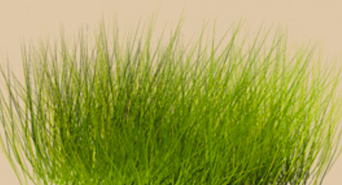Get a FREE
Landscape Design
or Snow Removal
Estimate
* Indicates required questions

Retaining walls are structures built to provide support for soil and other materials to maintain the integrity of a slope or embankment. They are typically used to prevent erosion and to add stability to a landscape. Retaining walls can also be used to create visual interest in a landscape and to define outdoor living spaces. Common materials used to build retaining walls are stone, brick, timber and other materials.
They are typically joined together and reinforced with steel.
Stone: Stone retaining walls are one of the oldest types of retaining walls and are often used in more traditional or rustic landscapes. Stone walls are usually constructed with large, flat stones and are often used to create terraces or steps. Stone walls are extremely durable and can last for decades if properly maintained.
Brick: Brick retaining walls are constructed using brick or concrete blocks and are often used to create a more formal or elegant look. Brick walls are very strong and can be used to create curved shapes.
Gravity Retaining Wall: This is the most common type of retaining wall and is typically used for smaller projects. It is made out of materials such as stone, brick, or other materials.
Cantilever Retaining Wall: This type of wall is designed for more significant projects and is often used for taller walls or walls with a high load.
Sheet Pile Retaining Wall: This type of wall is often used for projects in coastal and marine areas. It may be constructed with interlocking sheets of steel, wood, or other materials.
Anchored Retaining Wall: This type of wall is constructed with reinforced masonry and is anchored to the ground with cables and anchors. It is designed for more significant projects and can be used for taller walls or walls with a high load.
Retaining Wall Construction Process: The construction of a retaining wall will vary depending on the type of wall and project.
When choosing a retaining wall for your Southeast Michigan property, the first consideration is the size and shape of the project. You’ll want to select a wall that’s strong enough to hold the earth and tall enough to prevent any soil erosion. Retaining walls come in a variety of materials, including natural stone, block, interlocking block, and other materials. When it comes to building a retaining wall, there are several things to consider. The base of the wall should be larger than the top, and the wall should be built on a level surface.
Proper drainage is also essential, and the wall should have a layer of drainage gravel to ensure that water is directed away from the footing. Additionally, it’s important to ensure that the wall is securely anchored into the ground with steel reinforcement rods. Finally, the finishing touches are important. If you’re using natural stone, be sure to select pieces that are flat and well-fitted. Ask about color matching the wall to match your home’s exterior. Retaining walls can also be topped with decorative caps or covered with a layer of soil and planted with shrubs or plants.
Retaining walls for residential applications in Southeast Michigan are made with different types of materials. Natural stone walls are attractive and durable but can be expensive. Manufactured blocks and caps are less expensive and come in a variety of shapes and colors.
Once you’ve obtained the necessary permits and checked the area for underground utilities, you can begin planning the construction of your retaining wall. The most common types of retaining walls in SE Michigan are constructed out of stone, blocks, brick, or wood. Stone and brick walls are generally more expensive, but they last longer and look more attractive. Wood walls are the least expensive option, but they don’t last as long and are more susceptible to weather damage. Before constructing your wall, you’ll need to prepare the area by removing any plants, roots, and debris. After the area is cleared, you’ll need to dig a trench and install weep holes to ensure that water will be able to escape. Weep holes are usually placed in between blocks, about every 8 feet. If you plan to build a stone or brick wall, you’ll also need to lay a base of compacted gravel. Once your base is in place, it’s time to start building your wall. If you’re using stone, brick, or blocks, make sure to dry lay the first few rows before applying mortar.
